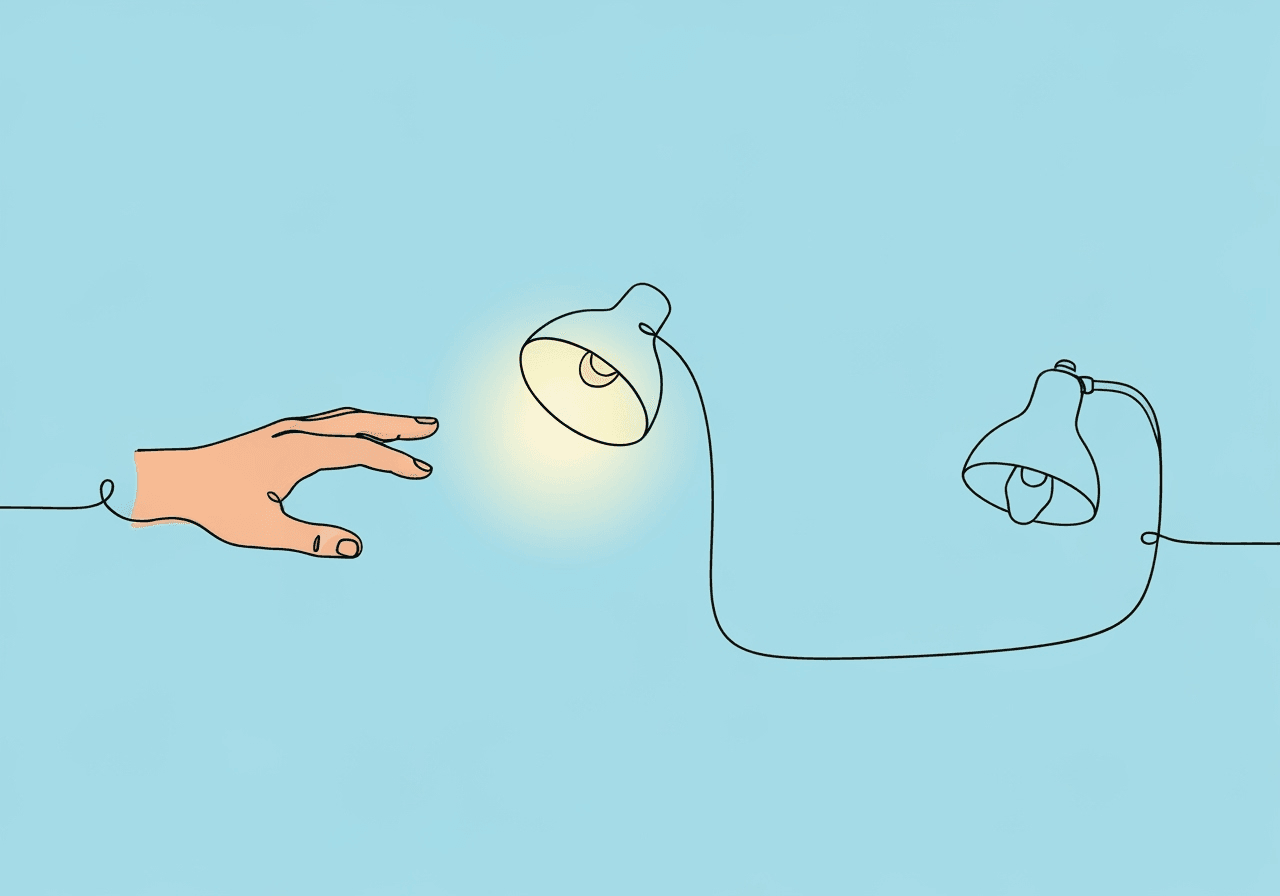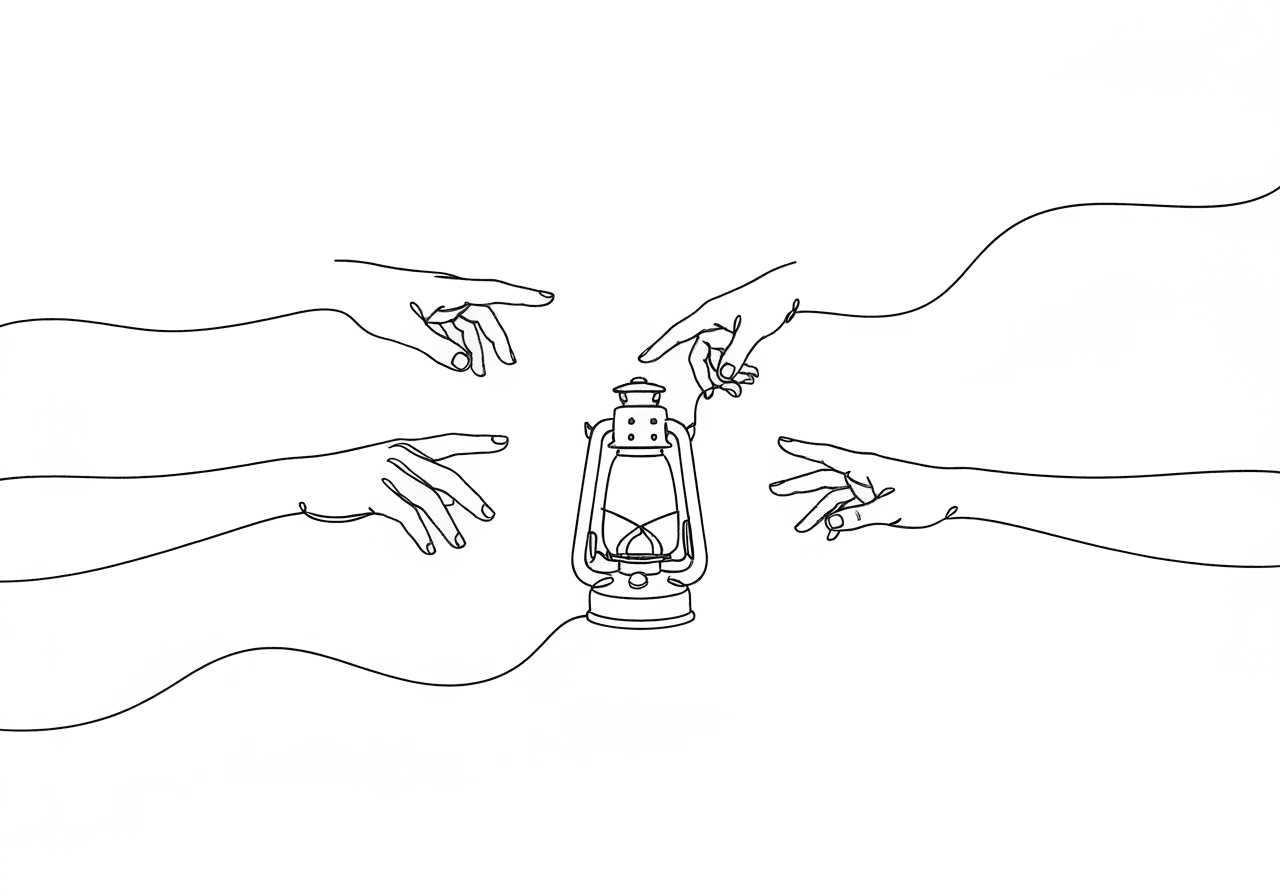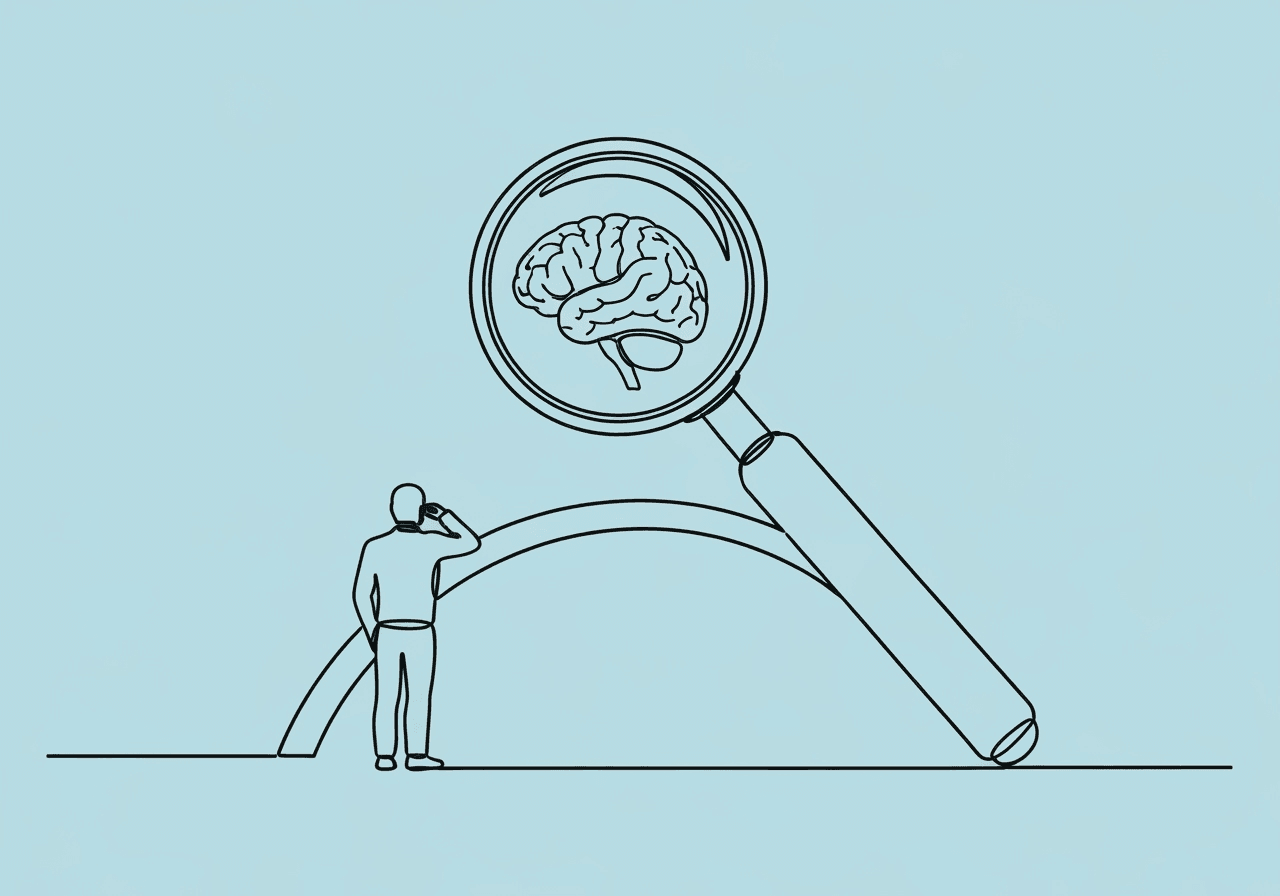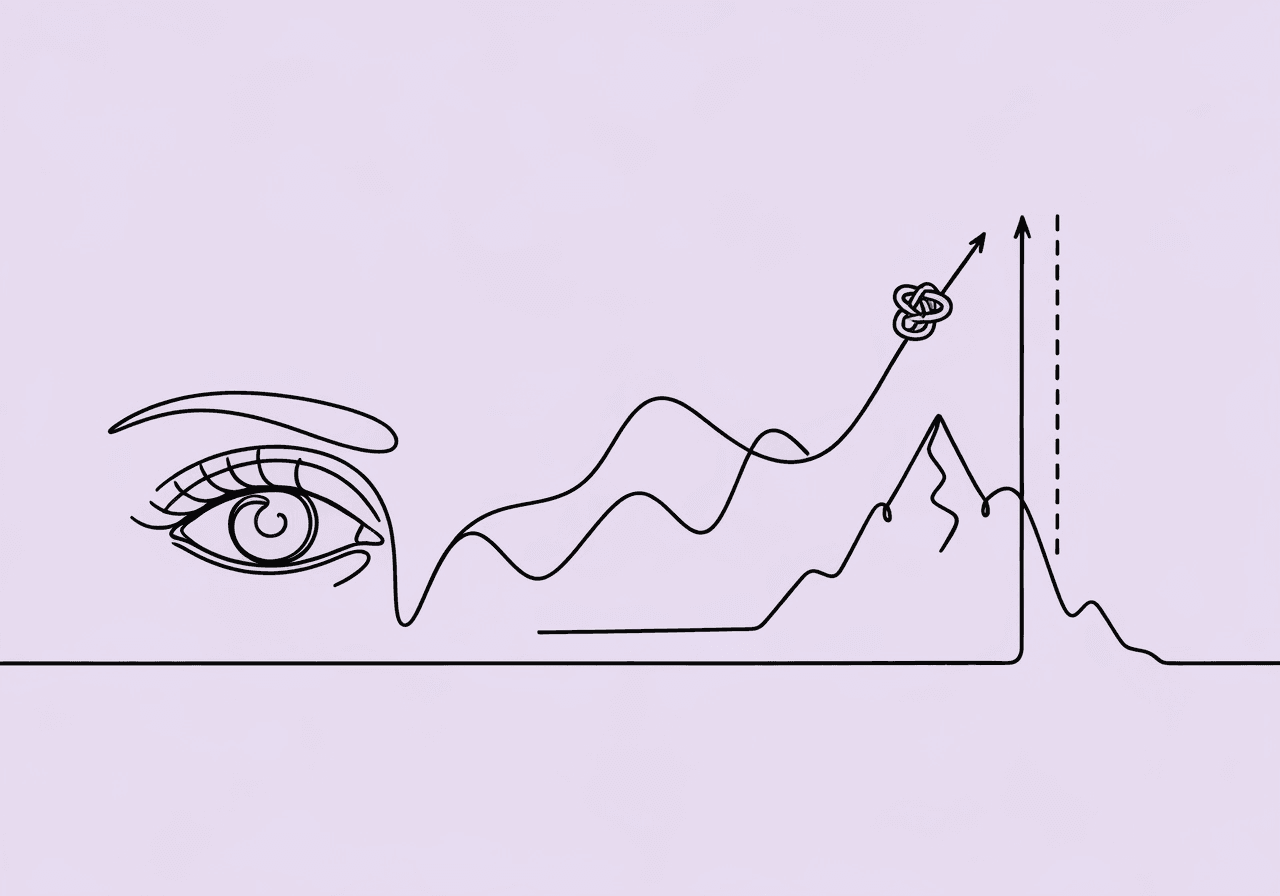Master Stimulus Control in ABA: SD vs S-Delta Explained

What Is Stimulus Control in ABA?
Imagine a child pausing before grabbing a toy, waiting for that familiar cue from the therapist. This moment highlights stimulus control in action—a key force in Applied Behavior Analysis (ABA) that guides behaviors through specific signals. In the world of ABA, stimulus control ABA definitions start here: it's when a behavior happens more often with a certain antecedent stimulus than without it. This setup lets people respond right to their surroundings, cutting down on the need for ongoing prompts.
Research shows stimulus control builds through careful discrimination training, vital for daily life Stimulus Control Research and Practice (2021). It connects therapy to real-world spots, like a kid sitting still when shown a "quiet time" card. BCBAs check this during reviews to match plans to client goals and avoid mix-ups from wrong cues.
As an RBT, you'll spot these patterns in sessions, reinforcing ties to the right stimuli. Strong control means behaviors stick and spread, boosting real independence. Without it, progress can stall, so we focus on it to make changes last.
Stimulus Control ABA Definitions: The Discriminative Stimulus (SD)
Let's break down the discriminative stimulus (SD), a core part of stimulus control ABA definitions. It's the cue that says a behavior will get reinforced if done right, like a green light for action. The Behavior Analyst Certification Board (BACB) outlines this in its standards, where SDs—think verbal cues or visual hints—set the stage for responses based on past rewards BCBA Task List (6th Edition).
Picture these in action:
- A therapist shows a toothbrush picture (SD), and the child imitates brushing for praise.
- At meals, a spoon appears as SD, prompting a verbal request with food as the reward.
- In class, "Point to the red ball" cues the pick, earning positive feedback.
SDs come in verbal, visual, or tactile forms, as noted by ABA experts. Their power grows from steady links to reinforcement. BCBAs pick them by scanning the learner's world to dodge broad errors.
You'll handle SDs in trials as an RBT, noting hits to tweak plans. This sharpens skills for things like self-care or chats, keeping everything on track.
Stimulus Control ABA Definitions: SD vs S-Delta
Now, flip to the stimulus delta (SΔ), the counterpart in SD vs S-Delta dynamics. It warns that a behavior won't get reinforced, acting like a red light to skip responses. This clear split stops mix-ups and speeds up learning in ABA setups.
See it play out:
- A dead-battery iPad as SΔ—no access if requested, teaching the limit.
- A crossed-out paint picture signals no go, so asks get nothing.
- A green item as SΔ means no praise for touching when red is the target.
Historically, SΔs link to low or zero rewards, per ABA glossaries. BCBAs weave them in to hone choices, cutting mistakes as sessions roll.
In your role, RBTs, withhold calmly for SΔs to guide better picks. It's ethical and evidence-based, drawing from proven ABA methods. This builds trust and clarity in every interaction.
Stimulus Discrimination Training: Building Strong Control
Stimulus discrimination training teaches responding to SDs while skipping SΔs, locking in precise control. It's key for ABA, especially with autism, forming the base for skill growth.
Here's a step-by-step from reliable guides, like those at How to ABA:
- Pick stimuli: A red card (SD) for "touch red," blue as contrasting SΔ.
- Run trials: Show SD first, prompt if needed, reinforce quick with praise.
- Add SΔ: Switch without rewards, let extinction happen naturally.
- Ease off prompts: Shift from hands-on help to full independence.
- Handle slips: Correct softly and retry for better flow.
- Check mastery: Probe in new spots for 80-90% success.
This boosts cue focus and cuts frustration, as Motivity points out. BCBAs use varied examples for flexibility; RBTs log each trial's accuracy. For more, check our RBT Task List C-8 Guide or ABA Discrimination Basics.
It sets up tougher skills, from reading to social reads, with real staying power.
Why Stimulus Control Matters for New Skills
Stimulus control shines when teaching fresh skills in ABA—it keeps responses fitting and reliable. Skip it, and you risk random reactions that don't help. Studies link it to better learning by tying actions to useful signals, sparking self-reliance.
Top perks:
- Sharp learning: Instructions followed only when meant, fewer flubs.
- Quicker sessions: Mastery hits fast, freeing time for big goals.
- Real independence: Cues carry to life, like safety alerts sans help.
Take matching: Control ensures picks only with a sample SD present. BCBAs track this in IEPs with response charts.
As RBTs, you reinforce these links steadily to spark drive. It's tied to gains in talk and daily skills—can't skip it for solid ABA work. Ever notice how a small cue changes everything? That's the magic.
Practical Applications for RBTs and BCBAs in Goal Setting and Documentation
Stimulus control fits right into goals and notes for RBTs and BCBAs, lifting plan quality. BCBAs spell out SDs in aims, like "Mand for items with visual schedules (SD) at 90% independence." This ties to BACB rules for clear, trackable targets BCBA Task List (6th Edition).
Try these tips:
- Plan sessions: Spot natural SDs at home or school for true fit.
- Gather data: Use ABC charts for SD/SΔ accuracy to tweak on the fly.
- Report progress: Note control shifts from start to end, highlighting fades.
Role-play these under supervision as an RBT for smooth ethics. In notes for codes like 97153, highlight how control aids adaptive aims Applied Behavioral Analysis Billing Manual. CentralReach suggests audits to ditch prompt dependence, keeping records tight and compliant.
It's a practical boost—tailor plans, amp results, ease paperwork. What if every goal nailed control from day one?
Boosting Generalization Through Stimulus Control
Stimulus control drives generalization, moving behaviors from practice to new spots without extra work. A kid greets peers at school after therapist drills? That's it in ABA. Varied training examples help this spread, per research, easing oversight needs.
Ways to amp it:
- Varied cues: Practice "sit" in different voices for wider reach.
- Real-life teaching: Slip SDs into play or routines naturally.
- Team up: Show caregivers how to back natural SDs at home.
Probe new settings as a BCBA to gauge and adjust. RBTs, watch and back those extended responses, like solo toy cleanup on bin sight. It crafts lasting habits, as Ambitions ABA notes.
For deeper dives, see our Generalization Strategies Page. This turns skills functional across life.
Frequently Asked Questions
What is the difference between SD and S-Delta in ABA?
SD signals rewards ahead for a behavior; SΔ says no dice. A working toy is SD for access, a busted one SΔ for denial. This SD vs S-Delta clarity sharpens choices, per ABA resources, trimming therapy slip-ups.
How does stimulus discrimination training work in practice?
Present SD with rewards for right moves, SΔs without, fading help over time. It covers picking stimuli, running trials, and fixing errors. Brighter Strides ABA calls 80% accuracy mastery—crucial for basics like colors.
Why is stimulus control important for generalization in ABA?
It links behaviors to flexible cues, carrying skills beyond sessions. Use multiple examples to build this. Golden Steps ABA says it locks in independence for autism clients, making therapy count long-term.
How can RBTs apply stimulus control in daily sessions?
Layer SDs in prompts, fade aids, and log responses. Reinforce raises only on teacher signals (SD). Behavior Analyst Study urges data tracking for solid shifts, matching BACB ethics in client focus.
What are common challenges in establishing stimulus control?
Overreach to wrong cues or sticky fading can trip things up. Clear SΔs and steady rewards fix it. Cross River Therapy advises oversight and tweaks for strong results from BCBAs and RBTs.
Can stimulus control be used for challenging behaviors?
Sure—spot keeping stimuli as SDs, skip rewards on SΔs to dial down issues. Ignore fits sans attention signals. NCBI research backs this for positive plans that reshape habits.
In wrapping up, stimulus control ABA definitions—from SD to SΔ—form ABA's backbone for spot-on, spreading behaviors. Master stimulus discrimination training and uses, and you'll equip clients for solo navigation, drawn from spots like NCBI. It amps skills and fits ethics for true impact.
Put it to work:
- Scan goals for SD fits next plan time.
- Grab data on cue reactions to hone setups.
- Team with bosses on fade methods for spread.
It's the shift from fix-it mode to ahead-of-the-curve, giving big wins to learners and teams.
Popular in Behavior Analysis Concepts
- 1
ABA Prompting Hierarchy & Prompt Fading: RBT How-To Guide with Examples
6617 min read - 2
Functional Behavior Assessment ABA: Complete 2025 Guide [Step-by-Step]
5806 min read - 3
DRA vs DRI vs DRO vs DRL: The Clear RBT Comparison Guide
5739 min read - 4
Partial Interval vs Whole Interval vs MTS: ABA Guide
3956 min read - 5
Master IOA Formulas and Methods for Data Integrity
3868 min read
Popular in Behavior Analysis Concepts
- 1
ABA Prompting Hierarchy & Prompt Fading: RBT How-To Guide with Examples
6617 min read - 2
Functional Behavior Assessment ABA: Complete 2025 Guide [Step-by-Step]
5806 min read - 3
DRA vs DRI vs DRO vs DRL: The Clear RBT Comparison Guide
5739 min read - 4
Partial Interval vs Whole Interval vs MTS: ABA Guide
3956 min read - 5
Master IOA Formulas and Methods for Data Integrity
3868 min read
Related Resources
Explore more helpful content on similar topics

ABA Verbal Operants Definitions: Mand, Tact & More
Discover ABA verbal operants definitions: mand, tact, intraverbal, and echoic. Explore controlling variables, practical examples, and quick reference tips to distinguish them. Essential guide for RBTs and BCBAs.

Radical Behaviorism Glossary for ABA: Key Terms
Dive into the essential Radical Behaviorism glossary for ABA. Master terms like private events, mentalism, and explanatory fiction to craft objective session notes and precise FBAs. Ideal for BCBA and RBT professionals.

Essential Visual Analysis Terminology for ABA
Unlock essential Visual Analysis Terminology in ABA to master graph interpretation. Explore definitions for Level, Trend, Variability, Data Path, and more – ideal for BCBAs, RBTs, and professionals seeking to enhance behavioral analysis skills.